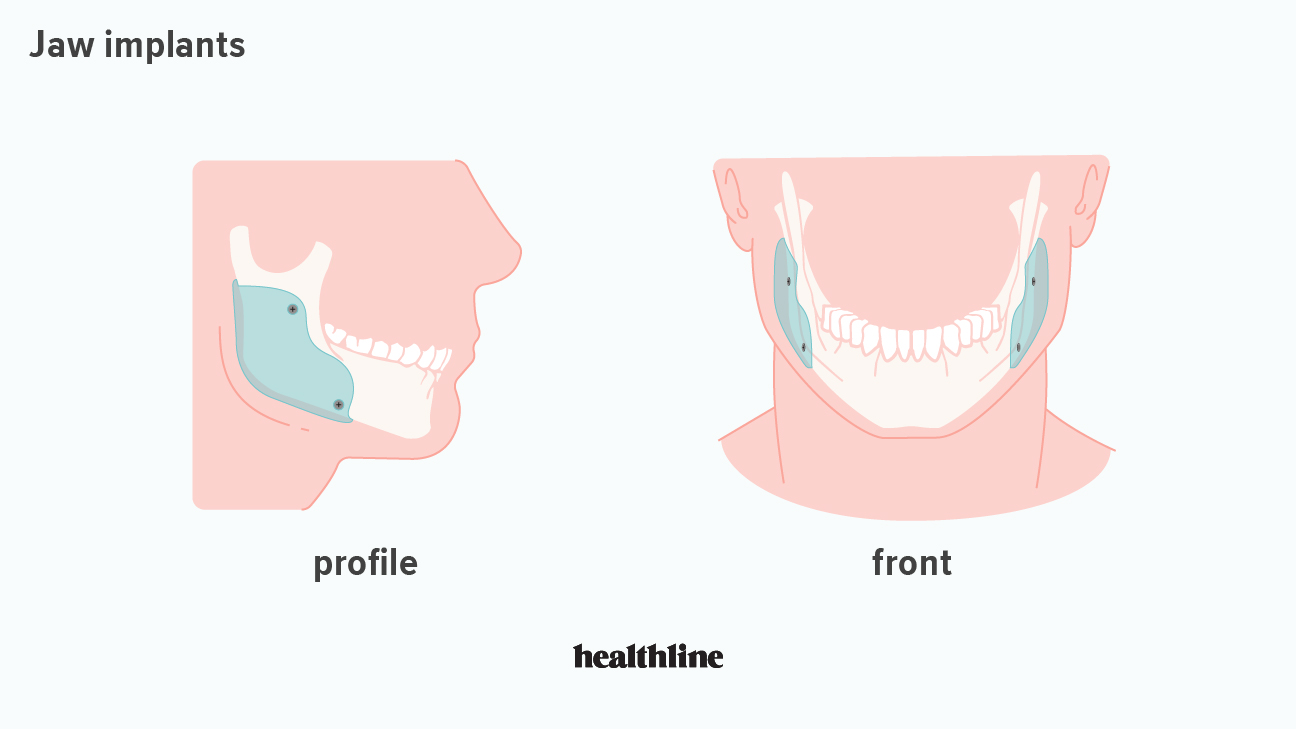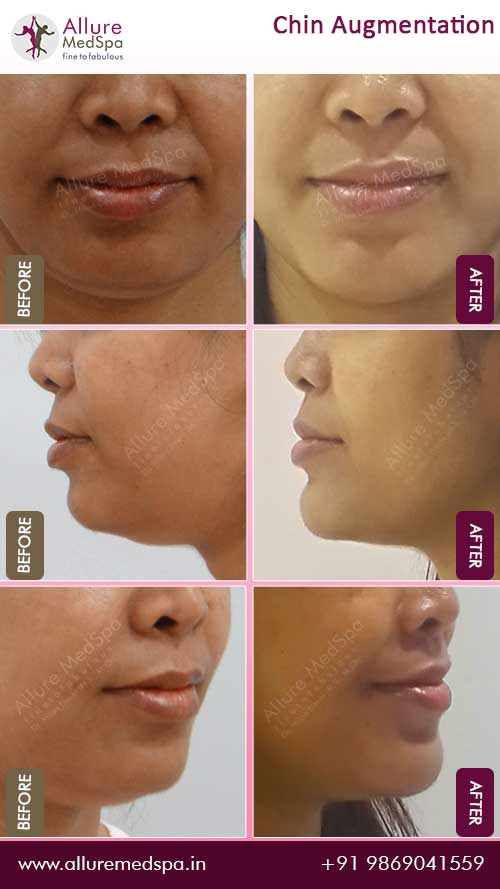
You might be wondering what the recovery from upper blepharoplasty will look like. This article will provide information about the pre-op, post-op care, common side effects, and what it costs. We'll also talk about the average cost of your procedure. Here are some things to remember before your procedure. Listed below are some of the most common post-operative side effects. Expect to experience pain, swelling, and bruising afterward.
Pre-op requirements
Prior to surgery, a comprehensive eye examination is important for the patient's safety and optimal surgical result. Pre-operative testing will be done to determine the patient’s vision, tearfilm stability, and eyelid strength. To assess visual acuity, the surgeon will perform a visual field exam. A preoperative photo is also routinely taken before any functional blepharoplasty.
Usually, swelling and bruising around eyes will disappear within a few weeks. Patients will be able resume normal activities like contact lenses and makeup for a few more days. For the first week, patients should avoid strenuous activity. Most patients recover in two weeks. A responsible adult should accompany the patient when he or she returns home. The surgeon will share with them any post-operative instructions. Patients should restrict their activities for 72-hours and keep their heads up while recovering. Patients should take a minimum of five to seven days off from work. They should also avoid using cosmetics for at most two weeks.

Post-op care
Patients should take cold compresses as well as ice to reduce swelling. Some patients may experience numbness around their eyes for a few hours. Patients can also use eye-shaped cooling packs or frozen peas or corn wrapped in sterile plastic. They should keep the incision sites clean and avoid rubbing them with any contaminated objects, such as fingers.
After several days, you are able to continue showering and washing your hair. In the first five day, you can wash your hair with mild shampoo. Ice packs may be used on the eyelids. Eye makeup should not be applied to the surgical site. After four or five days, you can start using eye makeup again. However, you must avoid wearing contact lenses or sunglasses for at most two weeks following your procedure.
Common side effects
Upper blepharoplasty can be done in an outpatient setting. However, there are common side effects that may occur after the surgery. Surgery can cause sensitivity, blurred and double vision, puffy lids, mild pain, double vision, blurred vision, double vision, double vision, and some other side effects. You will need someone to drive your car home. It is important that you do not smoke for at most two weeks prior. Smoking can prolong healing time and increase the risk for infection.
Blepharoplasty can cause swelling and itching, which are temporary and easily managed. Cold compresses and elevation of the head can reduce swelling. Eye drops and eye ointments can be used to relieve dry eyes and tightness at the incision sites. Avoid long-term television viewing and reading after surgery.

Average cost
The average price for an upper blepharoplasty procedure is around $3,200. The amount of skin, fat and muscle that needs to be removed will determine the exact cost. Patients who combine upper and lower blepharoplasty with other aesthetic procedures may be charged more. After all, the recovery period for both procedures can be lengthy, so it's best to plan ahead. Six weeks is the average recovery time for upper blepharoplasty.
Mild swelling and bruising are normal after upper blepharoplasty. However, they are usually not severe. The majority of patients will feel little discomfort after the procedure. This will usually disappear within a few days. You can reduce swelling by using cool compresses or elevating your head for a few days. Most patients will feel no bruising, but some may feel some discomfort for a few days. The average cost of upper blepharoplasty recovery may range from $1,500 to $3,000, and you should check with your cosmetic surgeon for specific estimates.